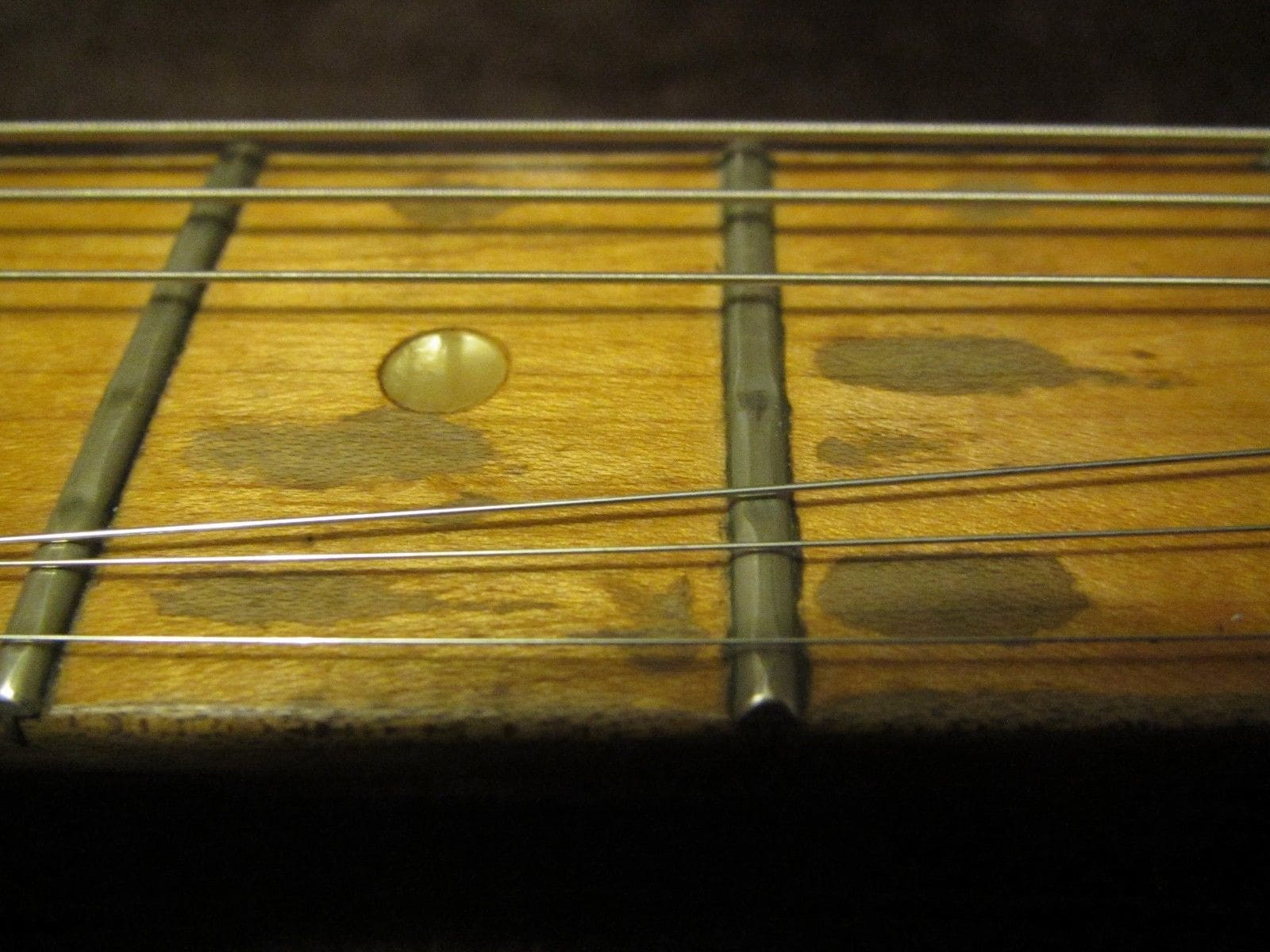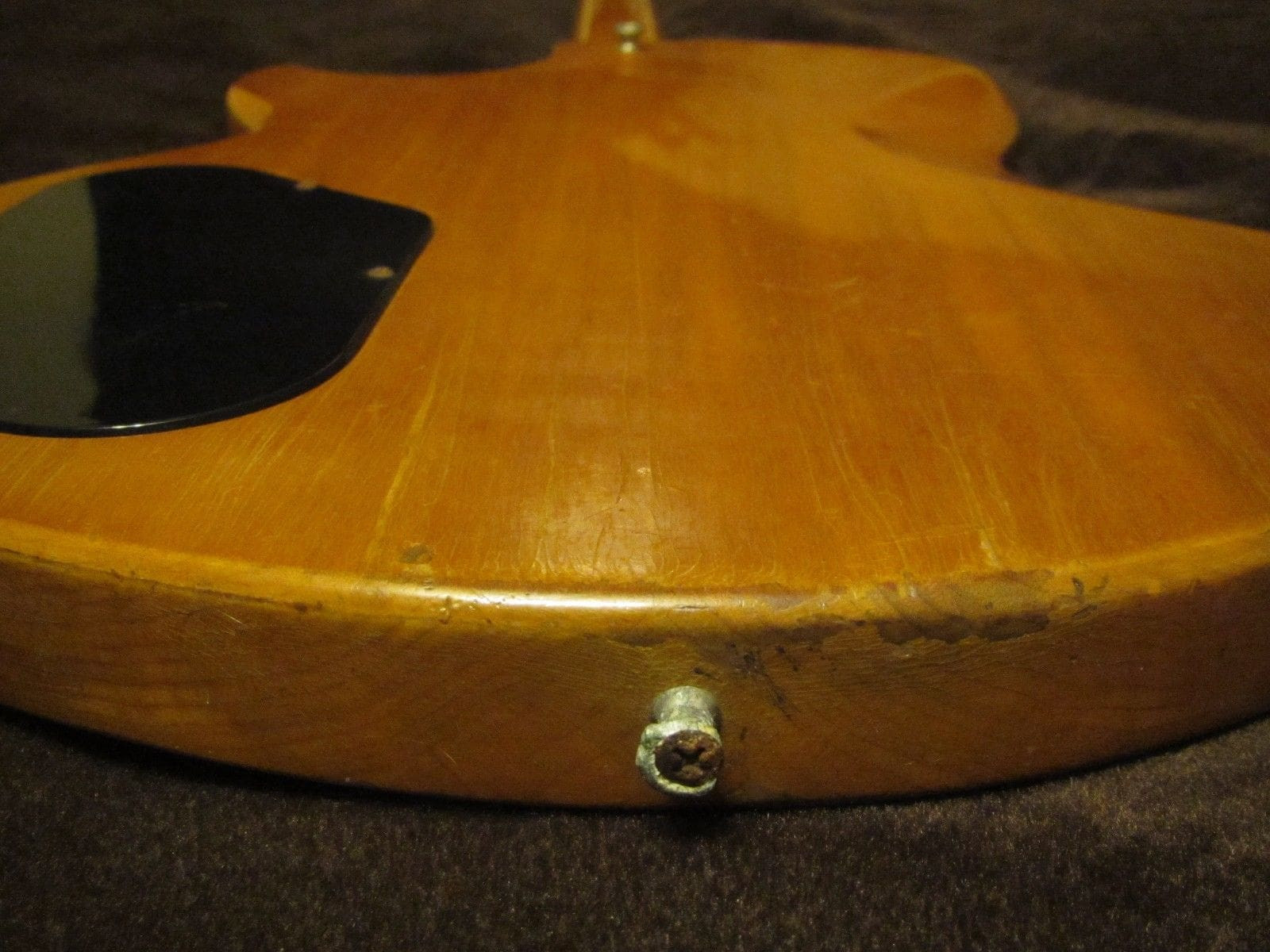For many guitar players who started their musical journey in the late 1970s, certain guitars held a particular mystique. For me, stepping onto the fretboard scene around 1977, the Gibson L6-S became an object of fascination. Looking back, the reasons for this initial guitar crush are somewhat hazy. Was it the clean, all-maple aesthetic that caught my eye? Or perhaps the straightforward, no-frills layout appealed to a budding musician? Maybe it was the promise of tonal versatility offered by its unique six-position selector switch. What I distinctly remember is being drawn to its modern design, a departure from the seemingly ancient Stratocasters and Les Pauls that dominated the guitar landscape. Adding to its allure, the Gibson L6-S was notably wielded by Bob 2 of Devo, a band high on my list of favorites at the time.
In the financially constrained days of 1977, owning a Gibson L6-S remained a distant dream. By the early 1980s, when purchasing power improved, the guitar had already ceased production, making used models scarce. Over the intervening years, I’ve had the opportunity to play several L6-S guitars, leading to a nuanced appreciation. While undeniably a good instrument, it didn’t quite reach the echelon of “greatness” in my estimation. Its tonal range was indeed broad, thanks to that innovative selector switch, but the pickups, to my ears, possessed a somewhat brittle edge. This characteristic, it turns out, was a consequence of its design constraints. The L6-S was conceived by the renowned guitar designer Bill Lawrence, who openly expressed his dissatisfaction with having to compromise on certain aspects to meet a specific, lower price point. His candid insights into the design process are available online, offering a deeper understanding of the guitar’s genesis.
Revisiting the Gibson L6-S today, its visual appeal remains undiminished. The all-maple construction evokes a distinct Fender-esque vibe, a nod to the bolt-on, bright aesthetic. The body shape is another strong point, sharing the elegant silhouette of Gibson’s top-tier L-5S model, albeit in a solid slab construction, diverging from the carved top of its more luxurious sibling. (And on a minor but perhaps important note for purists, the designation “L6 hyphen S” feels stylistically incorrect; “L hyphen 6S” seems a more natural and visually consistent representation.) What truly stands out is the L6-S’s ability to be different without venturing into the realm of the outlandish. While it may not reach stratospheric values in the vintage market, the Gibson L6-S presents itself as an exceptional choice for the working musician operating within a budget, seeking an instrument that offers something beyond the usual suspects.
Currently, a used example is available on eBay, described as “used but not abused.” With a current bid hovering around $410, if it remains under the $700 mark, it represents a compelling value proposition for a player looking for a vintage Gibson with a distinctive character. Perhaps, fueled by a wave of nostalgia, I might even consider placing a bid myself.
 Close-up of the Gibson L6-S fingerboard, highlighting the simple dot inlays on a maple neck, contributing to its clean and functional design aesthetic favored by some players.
Close-up of the Gibson L6-S fingerboard, highlighting the simple dot inlays on a maple neck, contributing to its clean and functional design aesthetic favored by some players.
 The lower body curve of the Gibson L6-S guitar, showing its solid maple body construction and the strap button placement, features that define its comfortable playability and balanced feel.
The lower body curve of the Gibson L6-S guitar, showing its solid maple body construction and the strap button placement, features that define its comfortable playability and balanced feel.
